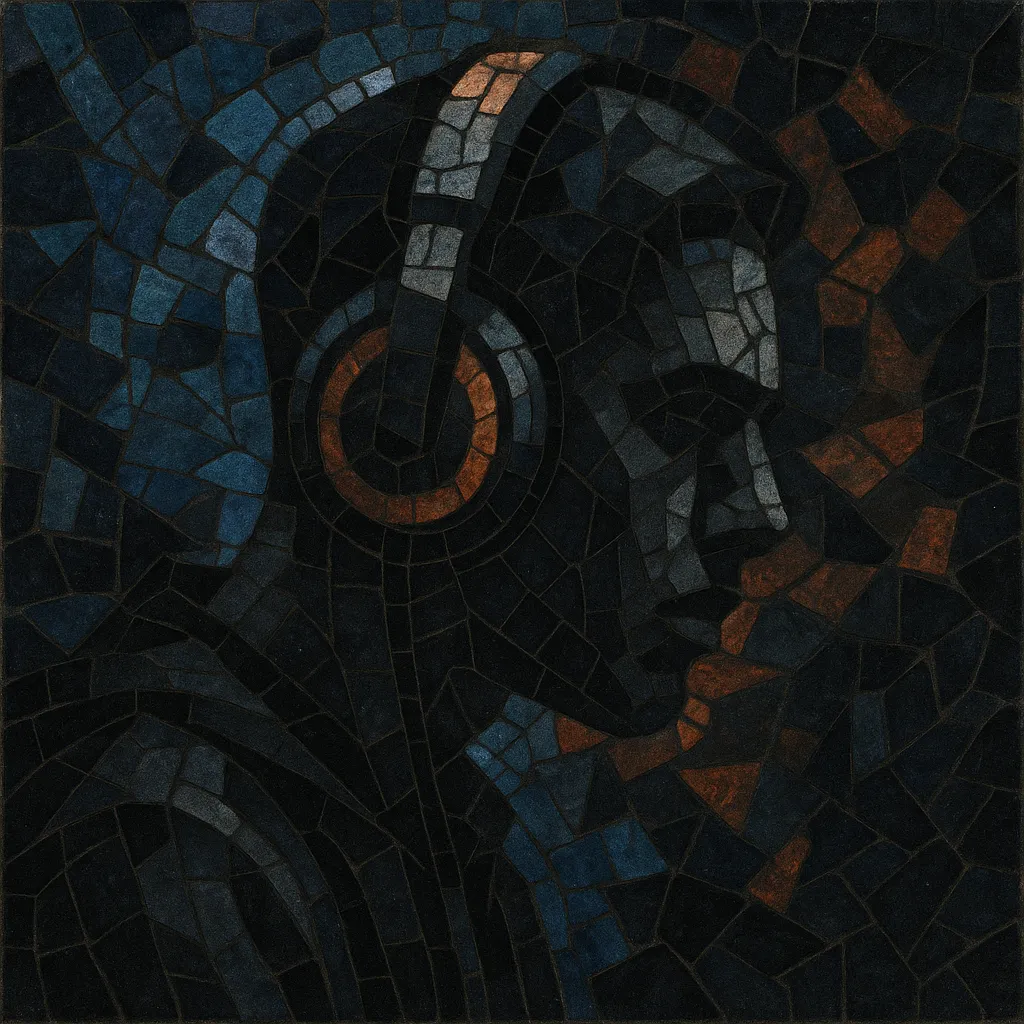Dubstep is a bass‑centric electronic dance music genre that emerged in South London in the early 2000s. It is typically around 140 BPM and is defined by a half‑time rhythmic feel, sub‑heavy basslines, sparse yet impactful drums, and a strong emphasis on space, tension, and sound system weight.
Hallmark traits include syncopated kick patterns, snares on the third beat of the bar, swung/shuffly hi‑hats inherited from UK garage, and modulated low‑frequency bass (“wobbles”) shaped with LFOs, filters, and distortion. Influences from dub reggae (echo, delay, and minimalism), jungle/drum & bass (bass science and sound system culture), and 2‑step garage (rhythmic swing and shuffles) are central.
The style ranges from deep, meditative “dub” aesthetics (often called deep dubstep) to more aggressive, midrange‑driven variants that later informed brostep and festival bass. Atmosphere, negative space, and subwoofer translation are as important as melody or harmony.
Dubstep coalesced in South London as producers and DJs pushed darker, dubbier strains of UK garage and 2‑step toward heavier bass and half‑time rhythms. Nights like FWD>> at Plastic People and pirate/underground radio (Rinse FM) incubated the sound, while labels such as Tempa and Hyperdub began defining its aesthetic. Early pioneers including Skream, Benga, Digital Mystikz (Mala & Coki), Loefah, and Kode9 emphasized sub‑pressure, negative space, and dubwise processing.
The DMZ club night and label cemented a communal, sound‑system‑first ethos. Landmark releases like Skream’s early singles, Digital Mystikz’s “Haunted/Anti War Dub,” and Burial’s self‑titled album and “Untrue” brought attention beyond specialist circles, presenting both meditative and atmospheric takes on the style. The 140 BPM half‑time template, swung hats, and wobbling subs became core vocabulary.
As the sound spread internationally, it diversified. In the UK, deep and minimal strains persisted, while in North America a brighter, midrange‑heavy interpretation—later dubbed brostep—rose to festival prominence, with acts like Skrillex popularizing aggressive growls and dramatic drops. Concurrently, experimental offshoots (post‑dubstep, purple sound, future garage) explored song form, harmony, and color beyond the dancefloor.
After peak mainstream saturation, the scene re‑centered around deep dubstep, sound system culture, and craft‑focused labels/events, while internet‑native substyles (riddim dubstep, color bass, deathstep) thrived. Dubstep’s influence permeated trap EDM, hybrid trap, moombahcore, neurohop, and midtempo bass. The genre remains a living continuum—from dubwise minimalism to experimental bass futurism—anchored by sub weight, swing, and spatial design.


